Starting an e-commerce business is complicated - from finding the right products to sell to optimizing your store to rank higher on search results.
One of the most crucial aspects of keeping your business on track is tracking your metrics.
While it’s tempting to focus only on the number of sales you’re making, you should track various other key metrics to get a clear picture of how your business is progressing.
In this article, we’ll explore 24 main e-commerce metrics (with their formulas). You’ll also learn how to improve these metrics and the mistakes to avoid.
Key Takeaways from this Post
Track Comprehensive Metrics: Beyond sales, monitor metrics like CAC, CLV, and cart abandonment rate to assess business health accurately.
Distinguish Metrics and KPIs: Metrics reflect store operations, while KPIs measure progress towards set goals. Utilize both for a holistic view.
Optimize Across Stages: Address metrics across the sales funnel - from product discovery to advocacy - to enhance customer engagement and retention.







TL;DR - Important E-commerce Metrics Worth Tracking
Here’s a quick rundown of the top e-commerce metrics we’ll cover later in the blog.
Level up your e-commerce analytics using the Link My Books analytics dashboard, which showcases all metrics in one place, including Return on Investment, sales, refund ratio, and profit margin.
All you’ve to do is start a free 14-day trial to get a streamlined view of all your e-commerce channels.

What Are E-commerce Metrics?
Metrics are quantifiable measurements that track and show the progress of your online store. They can also help you track customer engagement and accurate inventory levels, and figure out the progress of your marketing efforts.
For example, the customer lifetime value (CLV) shows the total revenue expected from a single customer, while conversion rates measure customers who complete a desired action.
Keep reading to see how they differ from key performance indicators (KPIs).
What’s the Difference Between a Metric and an E-commerce KPI?
Are you unsure whether you’re tracking metrics or KPIs? Fun fact: All KPIs are metrics, but not all metrics are KPIs.
Let’s see other critical differences between the two.
1. Definition
Let’s look at what each term implies:
- Metrics are tied to the operational processes and general activities of your store.
- KPIs are specific measurements to track progress toward set goals and objectives.
2. Insights
Here’s how metrics and KPIs differ in insights:
- Metrics provide insights into the current state of your store.
- KPIs offer comparison insights that inform future decisions.
3. Examples
Here are some common examples:
- Some standard e-commerce metrics include website traffic, conversion rates, and bounce rates.
- Some common e-commerce KPIs include the customer lifetime value (CLV), average order value (AOV), and cart abandonment rate.

E-commerce App Metrics vs. E-commerce Website Metrics
Here are the differences between e-commerce app and website metrics.
E-commerce App Metrics
- App metrics are a collection of measurements showing your mobile application's progress and success.
- Standard app metrics include downloads and installs, active app users, average app session length, and app retention.
E-commerce Website Metrics
- Website metrics, on the other hand, analyze the performance of your website.
- These metrics include page views, average time on page, bounce rate, traffic sources, and top pages.
Key E-commerce Metrics Across Customer Stages
These e-commerce funnel metrics help you to understand how to move customers through the buyer’s journey.
Product Discovery Metrics
The first stage of the sales funnel happens when a customer discovers your business.
Check out some of the metrics you can use at this stage.
1. Reach
It’s the sum of all the unique people who see your content. You can improve your reach — followers and subscribers — through social media and email campaigns.
2. Impressions
Impressions are the number of times your ad or content is displayed to the potential customer. They can occur through paid ads, social channels, or third-party sites.
Remember - Impressions don't always mean the customer clicked the ad.
3. Engagement
How many followers and subscribers engage with your impressions (your content)?
This metric measures the click-throughs, likes, and shares.

Consideration (or Acquisition) Metrics
Now that the customer knows your brand, you should get them to your site.
Let’s define a few metrics in this phase.
4. Click-Through Rate (CTR)
This metric shows the rate at which someone clicks through an ad, social media, or email link to your site.
If there’s a low click-through rate, you should improve it by including compelling calls to action, appealing subject lines, and designing eye-catching ads and emails.
To calculate the CTR, use this formula -
CTR = (Number of Clicks / Number of Impressions) x 100
5. Customer Acquisition Costs (CAC)
The CAC - a critical accounting metric - measures the total cost of acquiring a customer and is essential for evaluating the success of your marketing campaigns or other advertisements.
If the CAC gradually increases, you should reevaluate your acquisition strategies to minimize marketing costs.
The formula for CAC is -
CAC = Overall Marketing Costs / Total New Customers Acquired
6. Cart Abandonment Rate
The Baymard Institute estimates a 70.19% abandonment rate of online shopping carts. This metric is essential to see the number of customers who don’t complete a purchase.
For instance, if your cart abandonment rate is high, you should identify potential issues with the checkout process, pricing, offers, etc.
To calculate the cart abandonment rate, use this formula -
Cart Abandonment Rate = 1 - (Number of Completed Purchases / Number of Shopping Carts Created) x 100
E-commerce Conversion Metrics
Assuming the visitor has landed at your online store, how can you measure your effectiveness in converting them into a paying customer?
Here are a few metrics to help you with that.
7. Conversion Rate
It indicates the number of visitors who completed a desired action. A higher conversion rate indicates an effective message and a compelling call to action.
Here’s the formula -
Conversion Rate = (Total Conversion/ Total Visitors) X 100
8. Customer Lifetime Value (CLV)
It represents the total revenue you can expect from a single customer throughout the duration of their relationship with your business. It considers all the transactions made by a customer.
Use this formula -
CLV = Average Value of a Purchase x Number of Repeated Transactions x Average Length of the Customer Relationship (in Years)
%2520Metrics.webp)
Retention Metrics
Once you’ve acquired a new customer, you have to retain them.
Retention metrics help you assess the rate at which customers stay in your business.
They also help you examine the success of your customer retention strategies and identify areas you can improve.
Check out some of the standard retention metrics below.
9. New vs. Returning Customers
You need a balance of new and returning customers for long-term success.
This metric helps you compare the number of customers who made their first purchase and repeat customers within a certain period.
10. Customer Referral Rate
A higher referral rate shows that most sales come from referrals, which is a great cost-effective marketing strategy.
This metric shows customers who were referred to your business by existing customers. It helps measure the effectiveness of your referral programs.
11. Churn Rate
One of the essential e-commerce sales metrics is the percentage of lost customers over a given period.
A higher rate requires you to reevaluate your strategies to enhance customer retention.
Here’s the formula -
Churn Rate = (Customers Lost Over a Specific Period / Total Customers During that Period) x 100
12. Time Between Purchases
It measures the time between a customer’s first, second, and subsequent purchases.
With this metric, you can understand the customer purchasing behavior and create opportunities to trigger more frequent purchases.
13. Repeat Purchase Rate (RPR)
It’s the percentage of customers who return and make other purchases from your store. A high rate shows customer loyalty.
Calculate the RPR using this formula -
RPR = Returning Customers/ Total Paying Customers.
On that note, Link My Books has built-in analytics that show detailed insights to help you better understand your e-commerce business.
Besides, you'll get a clear overview of multiple selling channels while putting your e-commerce accounting on autopilot.
So, why not request a demo and see it for yourself?

Advocacy Metrics
The last stage of the sales funnel is advocacy. Here’s a list of metrics to measure your customer advocacy programs.
14. Net Promoter Score (NPS)
How likely are your customers to refer your brand to others?
The NPS measures customer loyalty and satisfaction on a scale of 0 to 10. The customer responses are then divided into three categories.
Promoters have 9 to 10 ratings, the passives have 7 to 8 ratings, and the detractors have six or fewer ratings.
The higher your NPS score, the better.
Use this formula to calculate NPS -
NPS = % of Promoters - % of Detractors
15. Social Shares and Subscription Rate
A high subscription rate is a great sign, indicating your customers want to hear from you.
On the other hand, an increased number of social shares indicates that your content is valuable and that your organic campaign is getting great visibility.
16. Customer Loyalty Program Rate
Let’s say you have a loyalty program; what percentage of your total customers are members of your program?
A higher percentage means your brand makes them feel special, and it can improve other metrics, like CLV.

Top E-commerce Marketing Metrics to Track
While we’ve already discussed many metrics, here are additional key metrics for e-commerce marketing.
Email Marketing Metrics for E-commerce
Email marketing remains highly effective among e-commerce marketers, so it’s crucial to watch these metrics.
17. Email Open Rate
This metric shows the number of people who open your emails. A higher rate could indicate an excellent subject line and great email design.
You can calculate the Email Open Rate using this formula -
Email Open Rate = (Number of emails opened / Total number of emails delivered) x 100
18. Email List Growth Rate
This metric monitors the number of people who sign up to receive your emails and those who unsubscribe from your email list.
Email List Growth Rate = (New subscribers during a period – Unsubscribers during that period) / Total subscribers at the beginning of that period x 100
E-commerce SEO Metrics
You need to track your SEO strategies and evaluate your site’s success.
Here are a few SEO metrics you should watch.
19. Keyword Rankings
It’s important to monitor your website’s ranking for important keywords. You can use tools like SEMrush and Google Analytics to see how your keywords are performing.
20. Bounce Rate
It shows the percentage of visitors who land at your store but leave without taking any action. If there’s a high bounce rate, it could be because your content isn’t engaging or relevant enough to visitors.

E-commerce Web Analytics Metrics
These metrics help you know how your customers interact with your website.
Let’s discuss two of these metrics.
21. Traffic Sources
This metric shows the channels that drive the most visitors to your e-commerce website and compares each source. The traffic sources include organic, paid, referral, email, and social media.
22. Average Time on Page
Use this metric to determine the average time your site visitors spend on a web page. A longer time might indicate that your content is engaging, effective, and valuable.
B2B E-Commerce Metrics
As a manufacturer or wholesaler, you need to monitor metrics that mainly apply to B2B businesses.
23. Return on Marketing Investment
ROMI shows how much revenue and profit was generated in relation to the total marketing costs. It’s also an e-commerce growth metric that shows how marketing contributes to profitability.
This metric can help with the allocation of future budgets.
Use this formula to calculate the ROMI -
Return on marketing investment = (Revenue - Marketing Expenses)/ Total marketing cost x 100
24. Monthly Recurring Revenue (MRR)
The MRR helps you predict the monthly revenue your business receives from a customer. With this metric, you can gauge the expected returns on the marketing efforts.
Use this formula to calculate the MRR -
MRR = Average revenue per account x Total number of accounts

How to Improve Important E-commerce Metrics
Now that we’ve explored the critical e-commerce metrics let’s discuss how you can improve them for the best business outcome.
Apply these tips below:
- Consider using the best e-commerce analytics tools to track key metrics.
- Identify the patterns and trends in your metric data to help you understand the overall performance of your e-commerce business.
- Regularly review your metrics to make sure they are still effective.
- When interpreting metric data, avoid making conclusions without conducting additional research.
Mistakes to Avoid when Monitoring Metrics
Here are some common mistakes you might make when tracking metrics:
- Tracking Everything: Metrics define your decisions and direction. A common mistake is measuring too many metrics, which can make your direction unclear.
- Broad or Narrow Metrics: Using broad metrics might not help you understand the exact areas you need to improve.
On the other hand, if you set metrics that are too narrow, you might miss important insights.
- Not Reviewing Your Metrics: A common mistake is not reviewing the metrics according to new strategies and marketing campaigns you’ve launched.
- Taking No Action: Though it’s crucial to monitor the right metrics, it’s a mistake to do nothing with the data.
- Using a Single Metric: Another common mistake is using a single metric to determine your business performance. With a single metric, you don’t have a comprehensive understanding of your business.

Frequently Asked Questions (FAQs)
Now, let’s jump into the FAQ sections with the common questions regarding e-commerce metrics.
Why is the Shopping Cart Abandonment Rate Critical for E-Commerce Sites?
The shopping cart abandonment rate shows the number of people who abandon their cart after filling it out. Reports show that e-commerce businesses lose $260 billion in revenue yearly due to cart abandonment.
If the rate is high, it could signal a poor customer experience, such as extra costs, slow site speed, or a lengthy checkout process.
How Does Website Traffic Analysis Impact E-Commerce Strategy?
By analyzing your website traffic, you’ll get critical insights about how your customers interact with your site.
That way, you can implement strategies that personalize the customer experience and improve customer satisfaction. You can also create targeted marketing campaigns that resonate with your customers.
What is the Significance of Return on Investment (ROI) in E-Commerce?
The ROI measures the profit your e-commerce business makes in relation to your investment amount. This metric is critical to show you which e-commerce channels are the most profitable.
Besides, the ROI helps you decide where to invest your resources and identify areas to adjust your strategy.
How do You Track and Improve Customer Retention Rates?
To effectively track your customer retention rate, set clear goals and metrics to measure. Also, divide your customers into segments and regularly collect and analyze data.
Don’t forget to improve customer retention and loyalty by making changes according to the data you’ve gathered.
What Metrics are Used to Analyze E-Commerce Site Speed and Performance?
Metrics like page load time, time to title, time to interact, and render time measure your site speed. Other metrics like bounce rate and conversion rate track your site's performance.
Conclusion
The e-commerce metrics we’ve mentioned above can help you measure the success of your online business. Once you track and monitor each area, you can implement strategies to improve your e-commerce performance.
Link My Books simplifies and automates your bookkeeping and provides in-depth reporting and analytics to help you make informed decisions.
Ready to harness the power of e-commerce business metrics and transform your decision-making process?
Book a demo with us at Link My Books now.












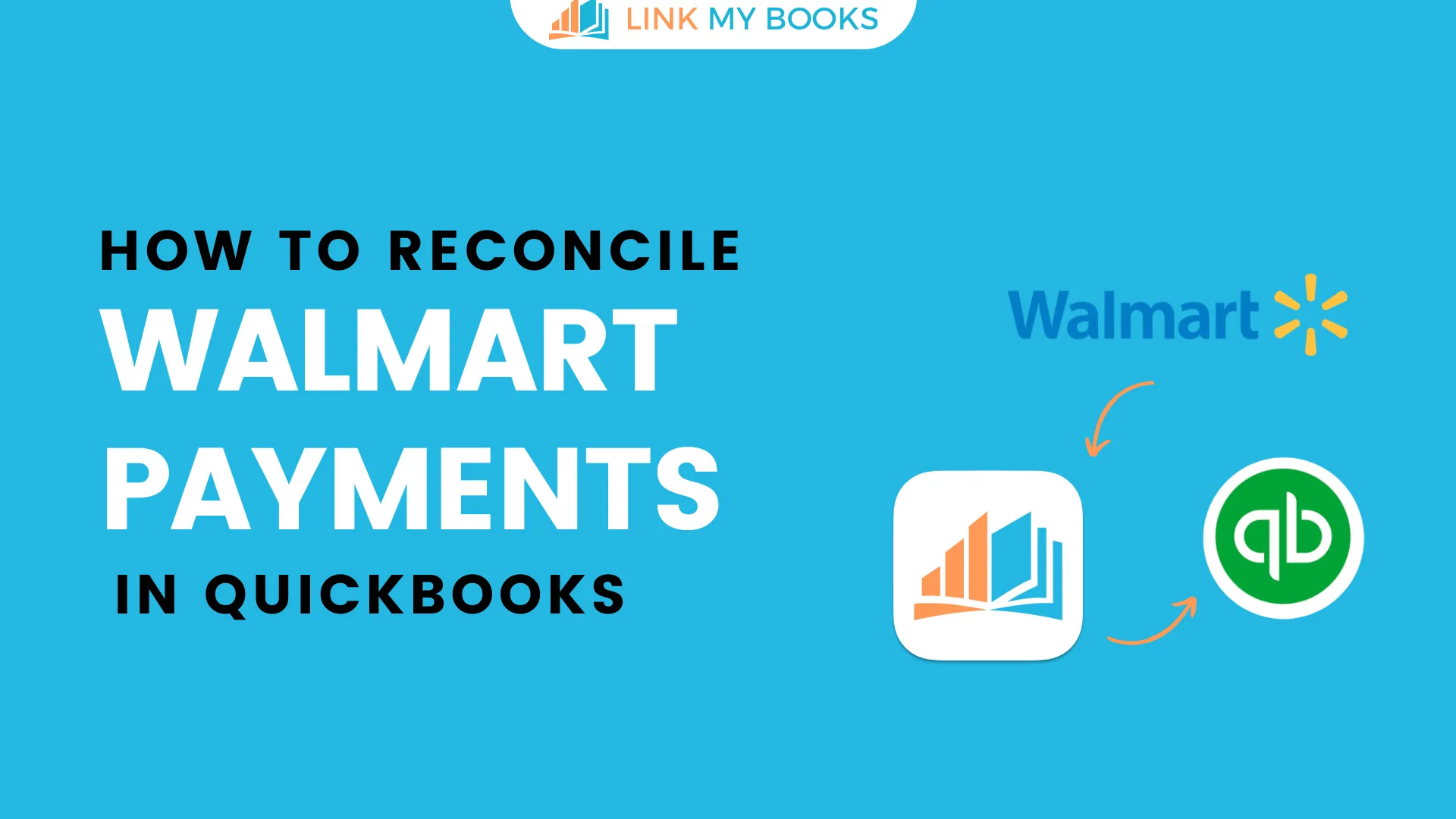
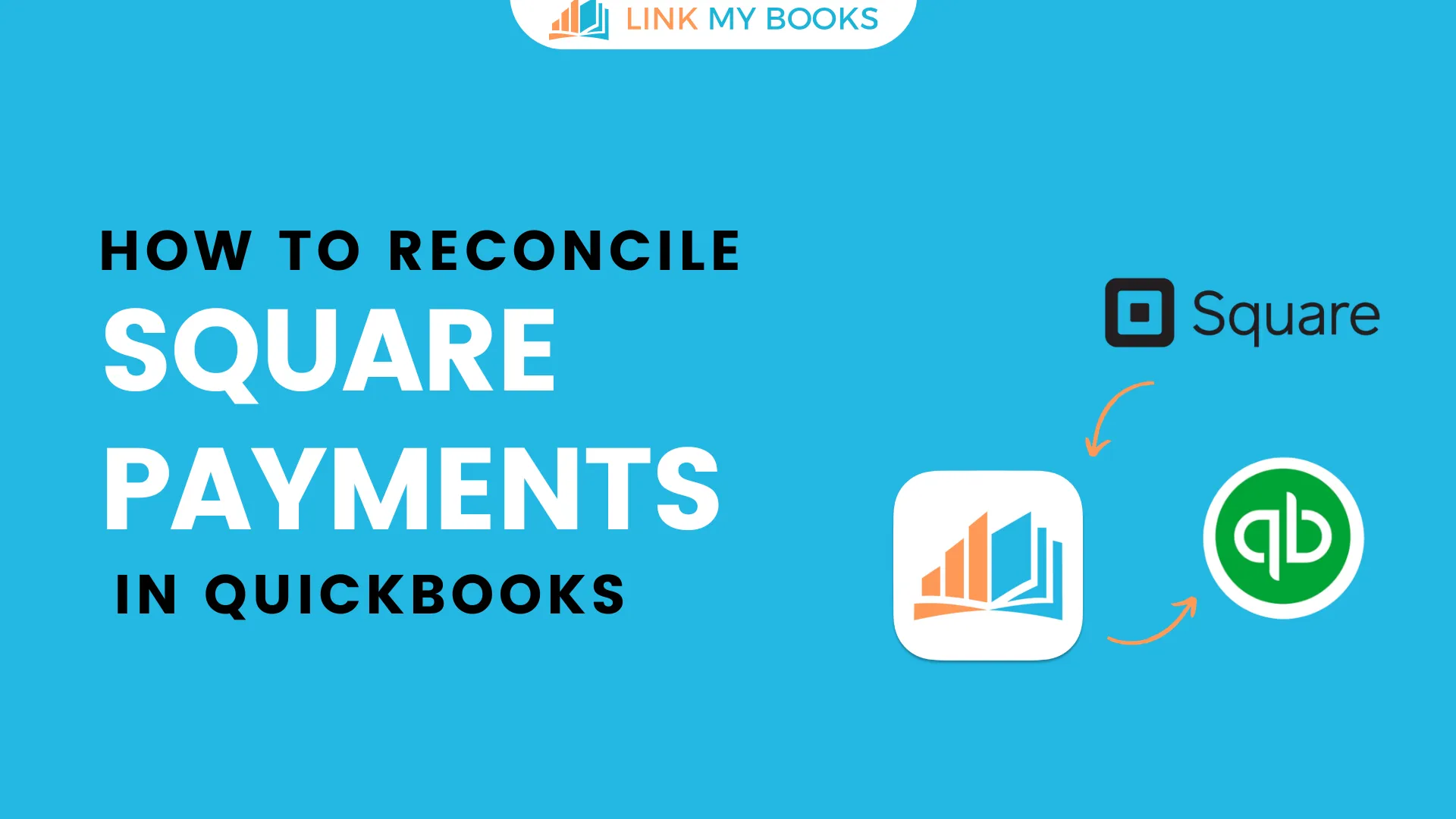
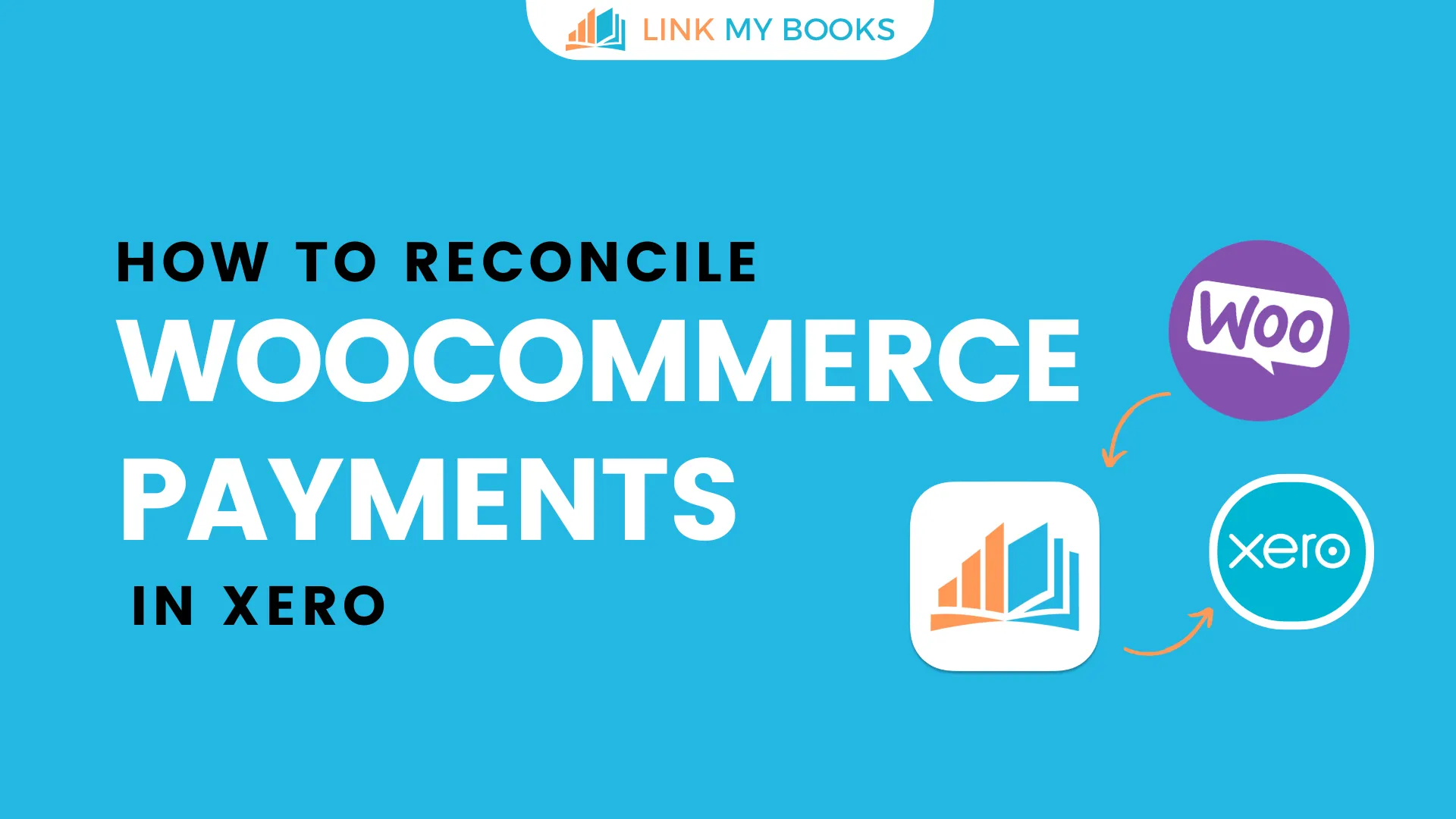
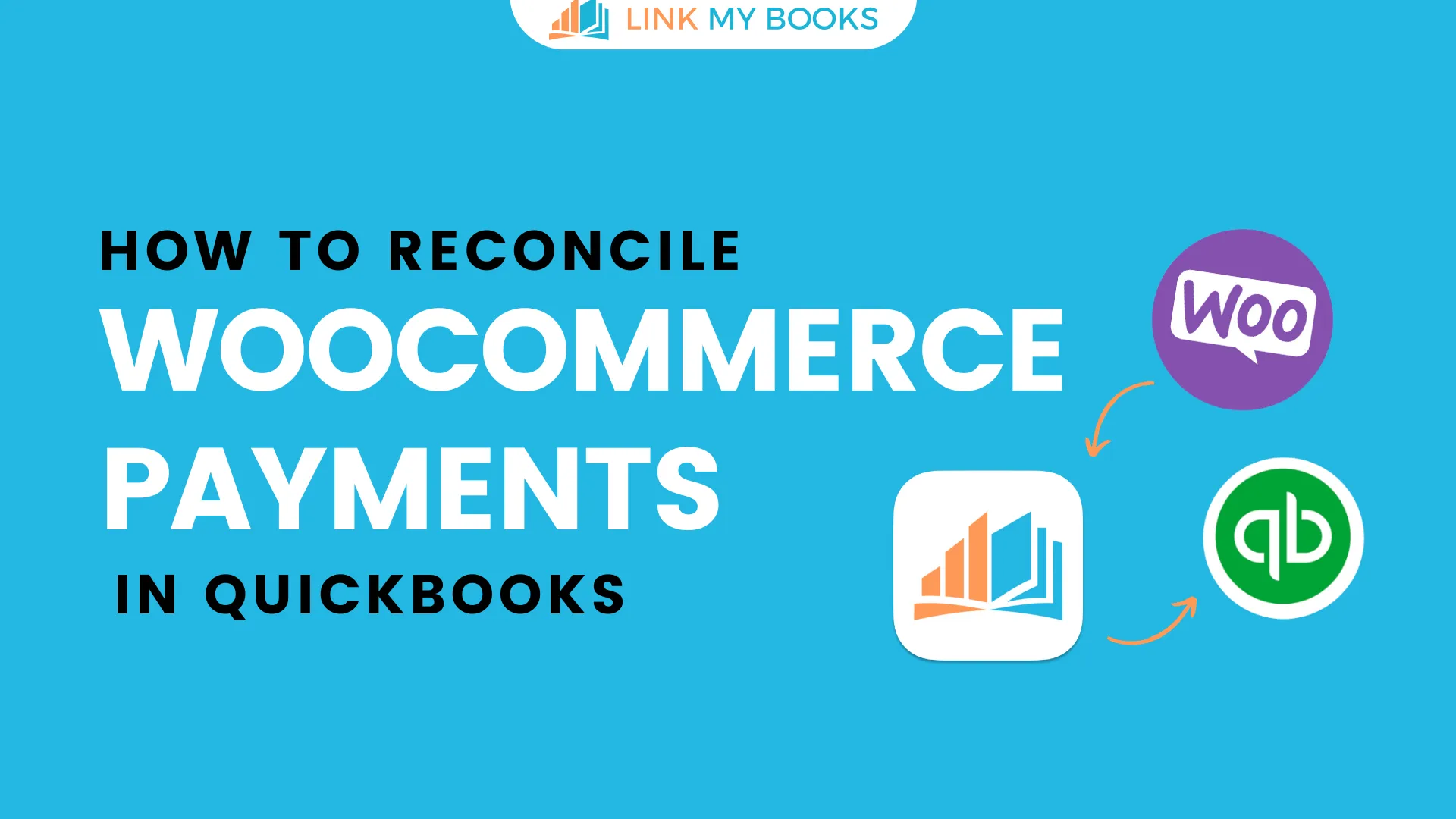
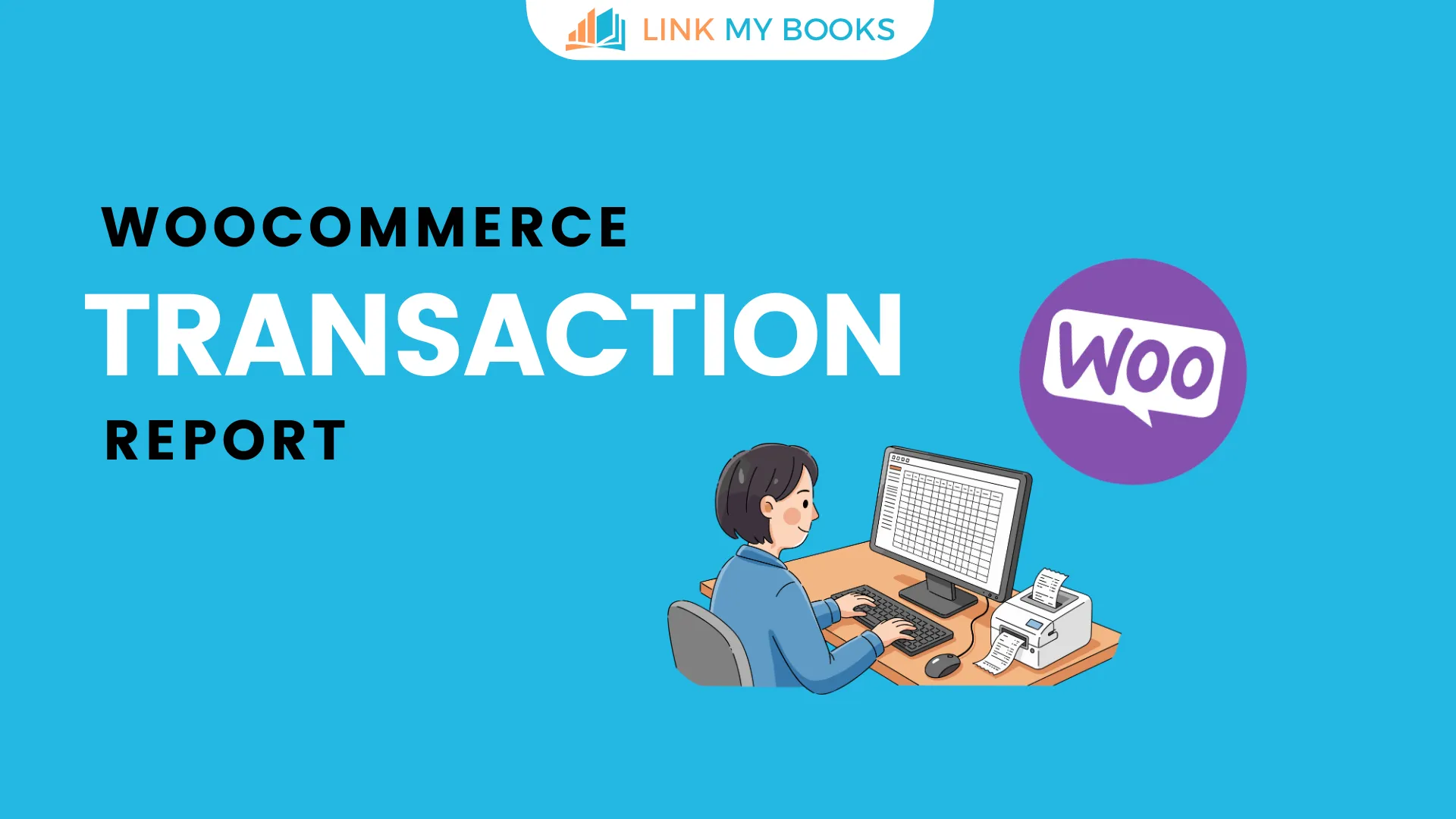


.png)